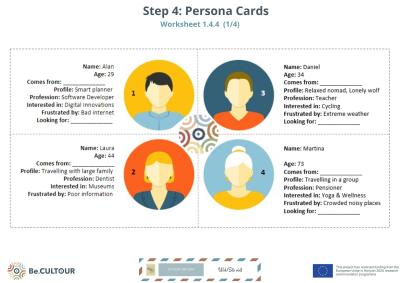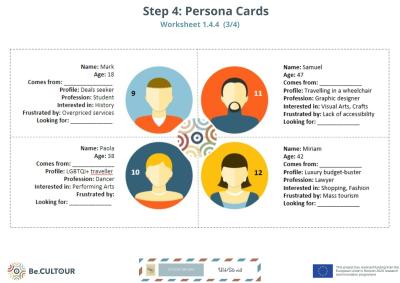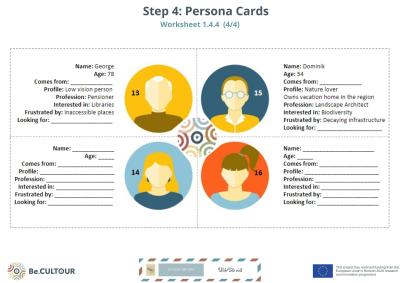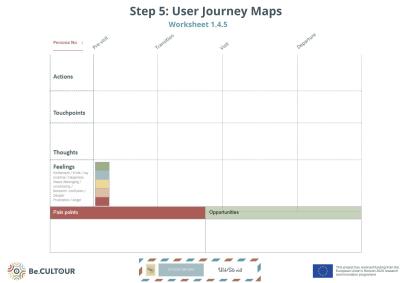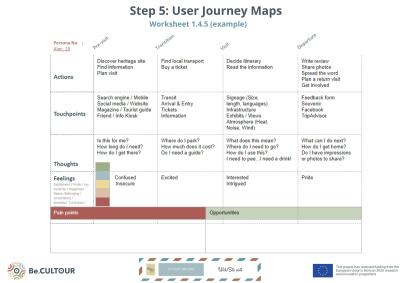
PURPOSE:
Through a site visit and role-playing game (User Journey Map & Personas), participants step into the shoes of different target groups and assess visitor experience, building empathy for their needs at different stages of their visit.
The outcome of this module is a completed User Journey Map for each of the selected Personas, identifying gaps and pain points as well as opportunities and suggestions for improving visitor experience.

WHAT
Problem exploration:
Who are you traveling with? Where do you want to go?

WHEN
First Local Workshop:
Pick a destination and the right fellowship

SESSION DURATION
120 minutes
GUIDELINES:
Select the cultural heritage site to be visited (e.g. natural park, church, museum)
Review the 16 Persona Cards and select the 5 most relevant Personas to be used in the role-playing. (Worksheet 1.4.4)
Leave some Cards empty for participants to fill, with fictional Personas that may not be considered so far (new target groups you wish to attract).
Print in A4 and cut your Persona Cards (1 Slide = 4 Persona Cards)
Review the User Journey Map, translate and if needed, enhance it with additional info relevant to the selected heritage site.
Book a guide to provide an initial tour of the site.
Arrange participants’ transportation to the site.
Gather official information material usually provided to site visitors (flyers, maps, audio guides)
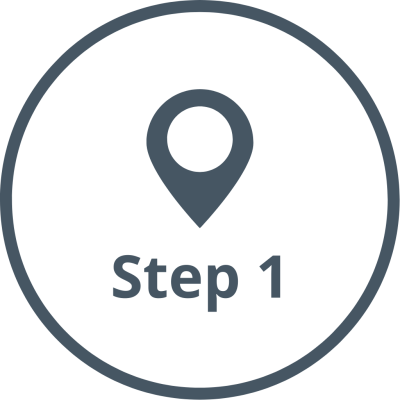
Arrival and Welcome to the site
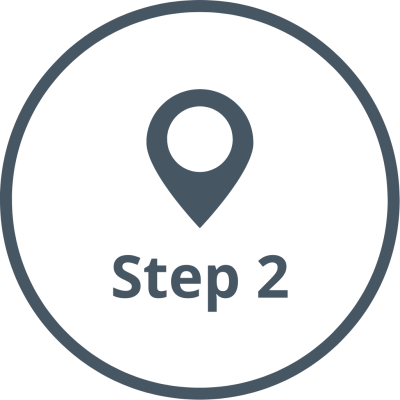
Introduction and/or initial Tour by local guide where participants discover history, importance and infrastructure of the selected site.
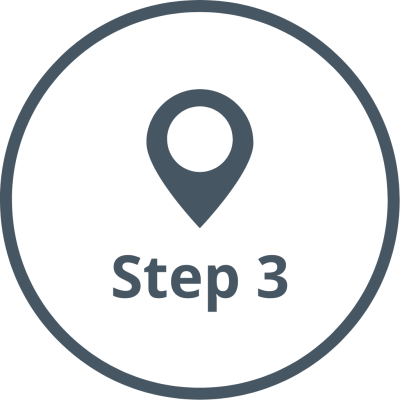
Instructions on Module 2 objectives and implementation
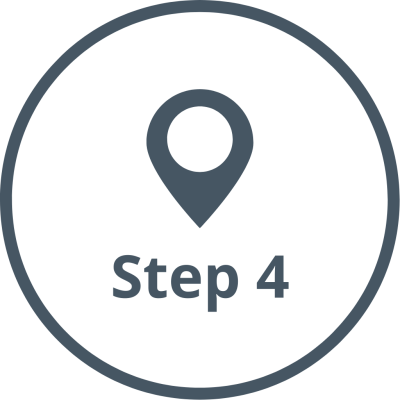
Presentation and distribution of selected Persona Cards (one Persona per 2-3 participants).
Propose match-making between participants’
expertise/background and propose Personas.
Participants are divided in groups of 2-3. Each group selects one Persona Card.
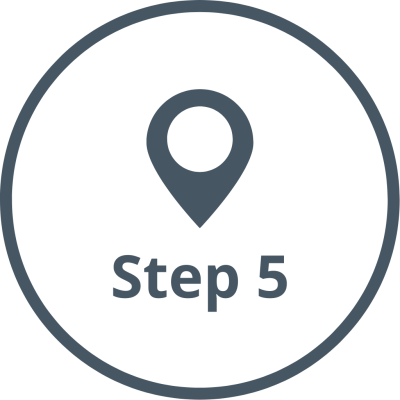
Distribution of User Journey Maps and explanation of structure.
(Worksheet 1.4.5)
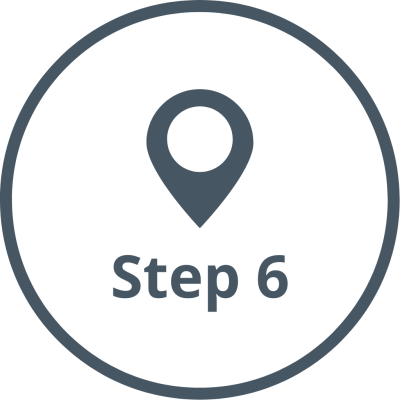
Group Work: Independent exploration of heritage site, keeping notes on the User Journey Map
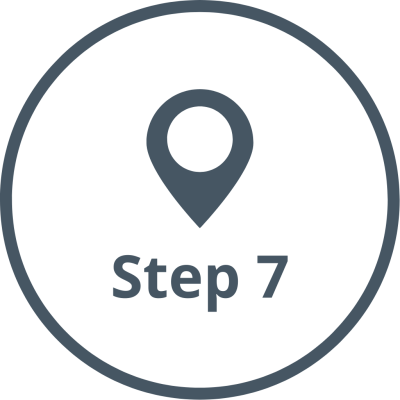
Group Work: Completion of User Journey Map and preparation of
presentation to Plenary

Plenary: Presentation of User Journey Maps for each Persona.
Documenter takes note of common themes and “hot topics” in M4.
Reporting Form.
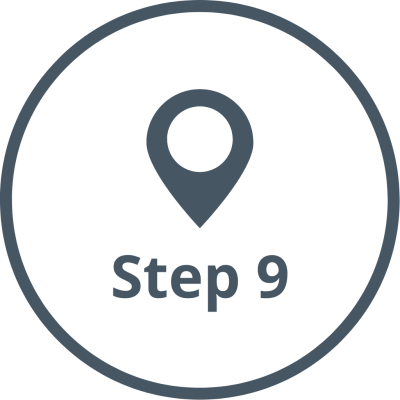
Closing remarks highlighting the common findings and key insights
about and beyond the heritage site.

ONLINE APPLICATION
Use MIRO
Complete the same documentation tasks as the physical version.
Take screenshots instead of photos.



